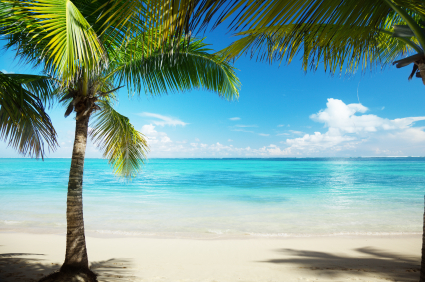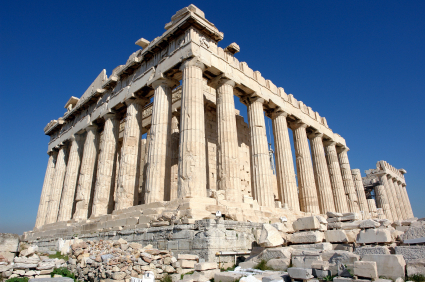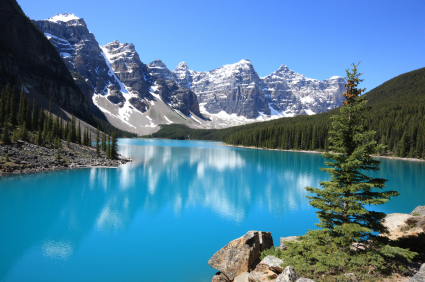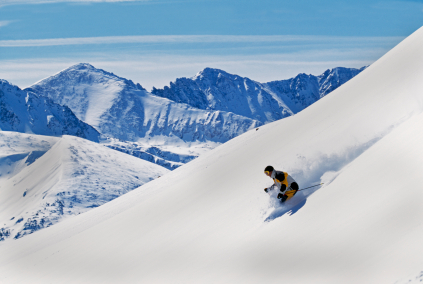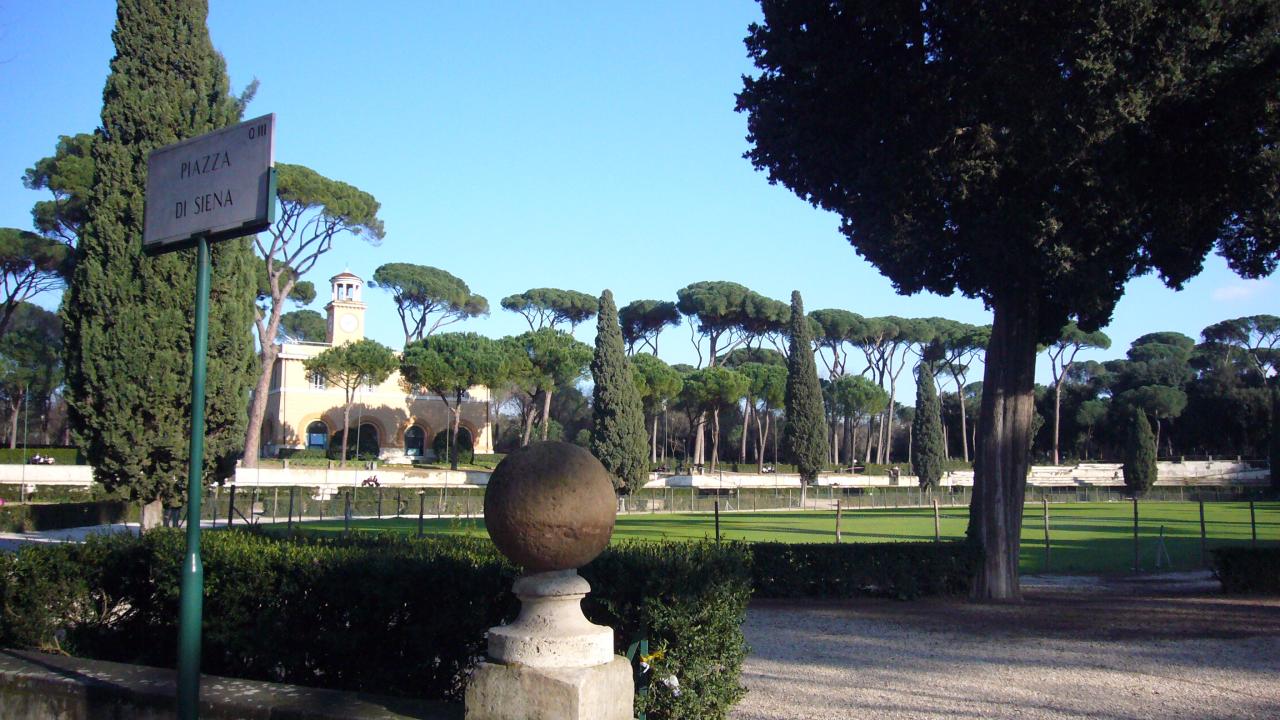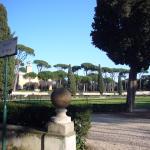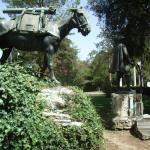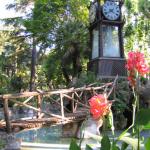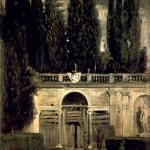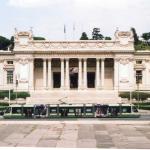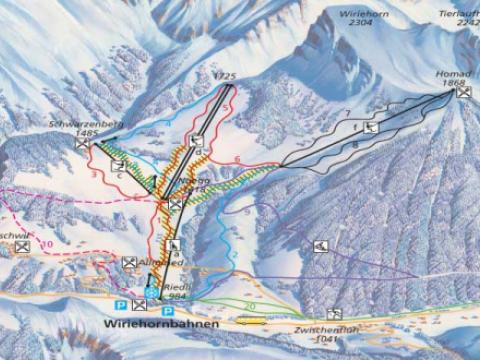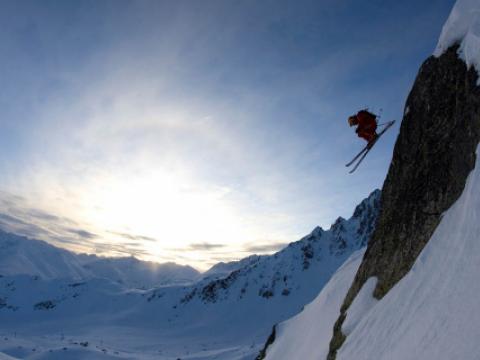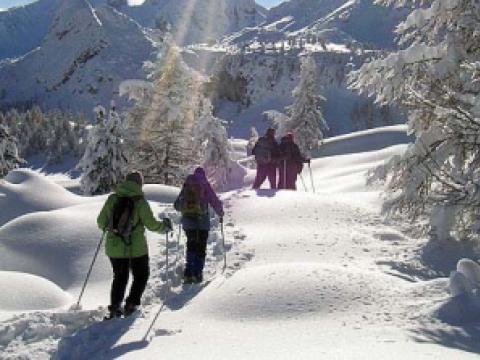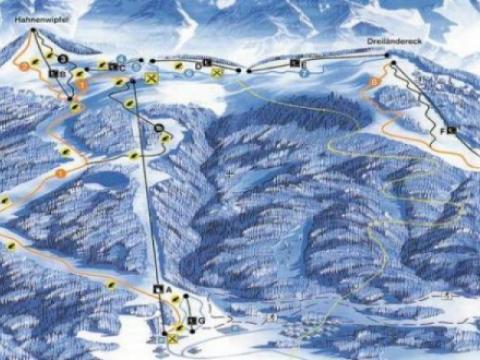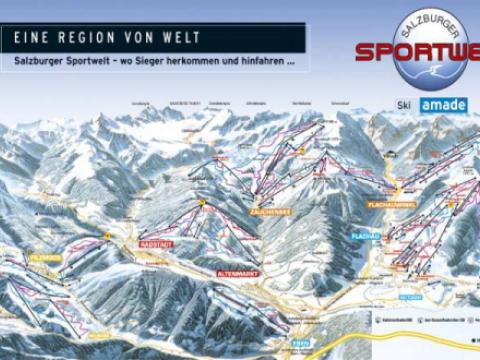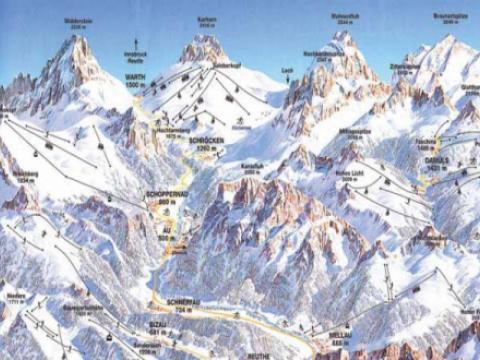Location
On over 80 hectares in the heart of Rome stretches an English-type garden, named the Villa Borghese. It was made in 17th century, when Cardinal Scipione Borghese decided to turn his vineyard into a large landscape garden. In those times it was the biggest park in Rome. As a part of the garden, there were and still are several villas. Apart from its namesake, there are also the Villa Medici and the Villa Giulia. In the past these luxurious buildings were summer residences of rich families, but in these days all of them serve as museums.
The famous Spanish Stairs lead to the entrance of the Borghese Villa. The garden is one of the biggest public areas of Rome and is located in the middle part of the city.
The Borghese Villa is a public garden, thus is free of charge. However, the admission to galleries and museums inside of the park is charged.


